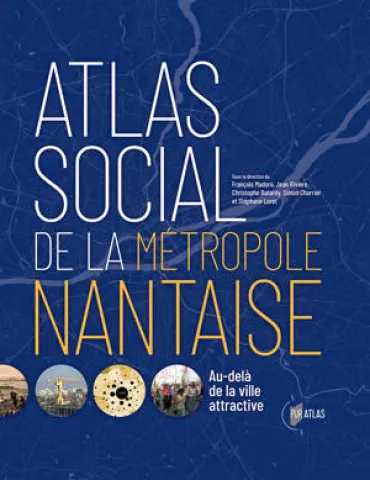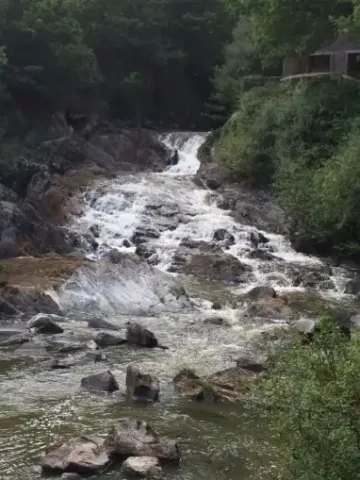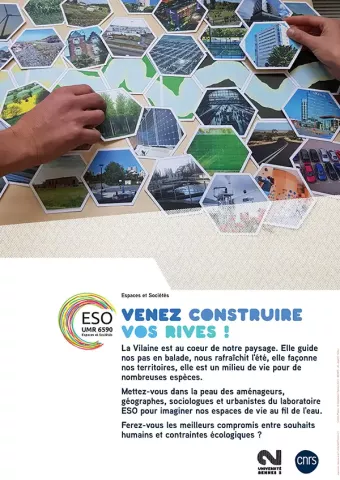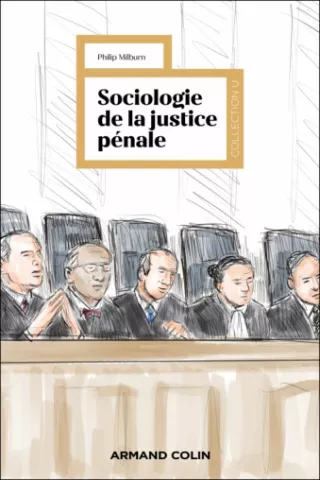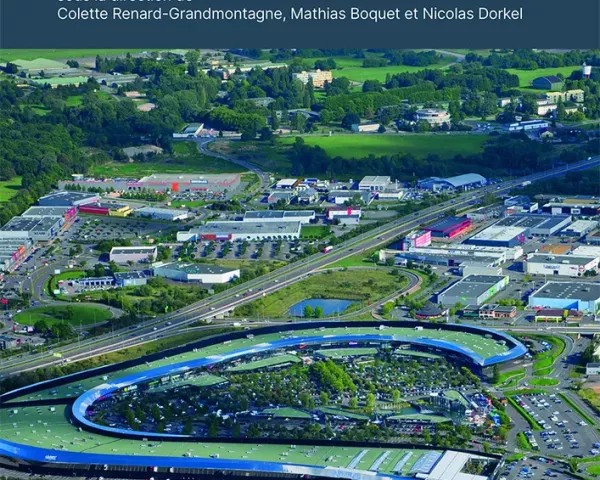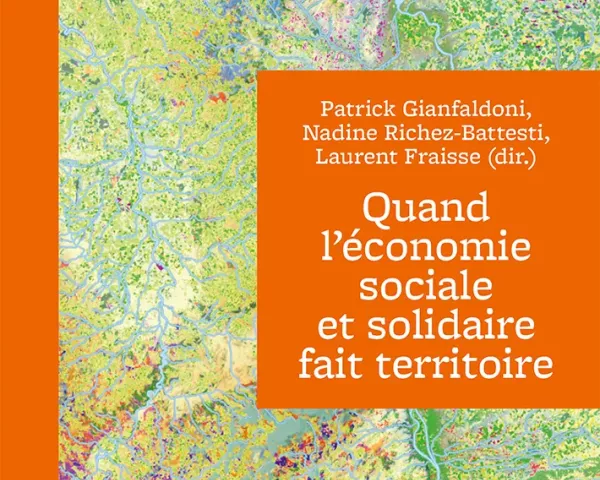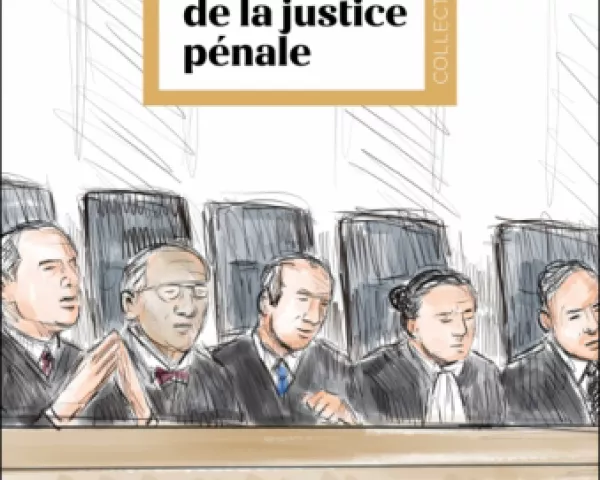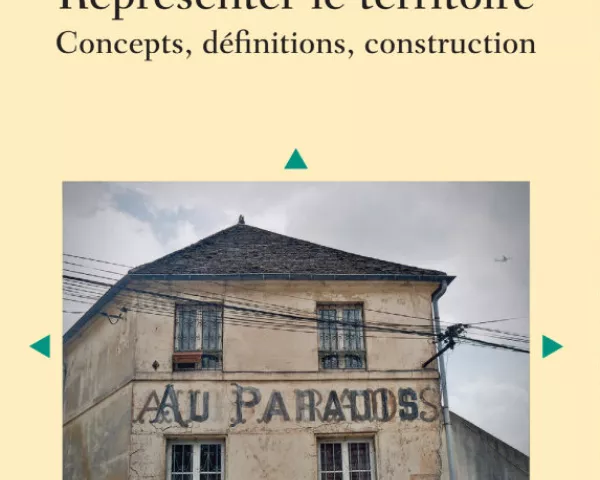The place of colonial vegetation in Malagasy and Maghrebian African cities, between abandonment and mimetic reproduction
The vegetation that occupies today the urban space of the cities of Algiers (Algeria), Marrakech (Morocco), Sousse (Tunisia), Antananarivo and Toliara (Madagascar) appears in different forms, by its structure, its organization and its species, but also by the varied ecosystem functions and services it offers. This vegetation corresponds largely to a heritage of the colonial period and is today in poor global condition, with the exception of a few emblematic parks and gardens, despite all the services it provides, widely recognized in the countries of the North, former colonial metropolises. This degradation reflects the inadequacy of this colonial green heritage to the current social and cultural contexts of these cities. The former functions of domination assigned to this vegetation, marker of the territory and element of the «hygienist» dimension of the French colonial urban model, are transformed today into functions of socio-spatial segregation, extending the characteristics of dual cities. The analysis, in the framework of a «Maghreb» Hubert Curien Program on «Vegetation in Maghrebian colonial cities; Marrakech, Algiers, Sousse. Heritage and quality of life issues”, of these five cities, with their different bioclimatic, historical and socio-cultural contexts, shows a substantially similar model and trajectories of this colonial public vegetation, which totally ignores the local specificities of the places, whether they are natural or cultural. Current developments differ significantly across private plants. The vegetal component that continues to shrink and even disappear in many parts of these cities, is the translation of the new relationship between people and decision-makers with this “heritage”. The current challenge is to redefine the place and functions of this plant heritage within these cities in full urban and socio-cultural transformation.
The vegetation that occupies today the urban space of the cities of Algiers (Algeria), Marrakech (Morocco), Sousse (Tunisia), Antananarivo and Toliara (Madagascar) appears in different forms, by its structure, its organization and its species, but also by the varied ecosystem functions and services it offers. This vegetation corresponds largely to a heritage of the colonial period and is today in poor global condition, with the exception of a few emblematic parks and gardens, despite all the services it provides, widely recognized in the countries of the North, former colonial metropolises. This degradation reflects the inadequacy of this colonial green heritage to the current social and cultural contexts of these cities. The former functions of domination assigned to this vegetation, marker of the territory and element of the «hygienist» dimension of the French colonial urban model, are transformed today into functions of socio-spatial segregation, extending the characteristics of dual cities. The analysis, in the framework of a «Maghreb» Hubert Curien Program on «Vegetation in Maghrebian colonial cities; Marrakech, Algiers, Sousse. Heritage and quality of life issues”, of these five cities, with their different bioclimatic, historical and socio-cultural contexts, shows a substantially similar model and trajectories of this colonial public vegetation, which totally ignores the local specificities of the places, whether they are natural or cultural. Current developments differ significantly across private plants. The vegetal component that continues to shrink and even disappear in many parts of these cities, is the translation of the new relationship between people and decision-makers with this “heritage”. The current challenge is to redefine the place and functions of this plant heritage within these cities in full urban and socio-cultural transformation.





